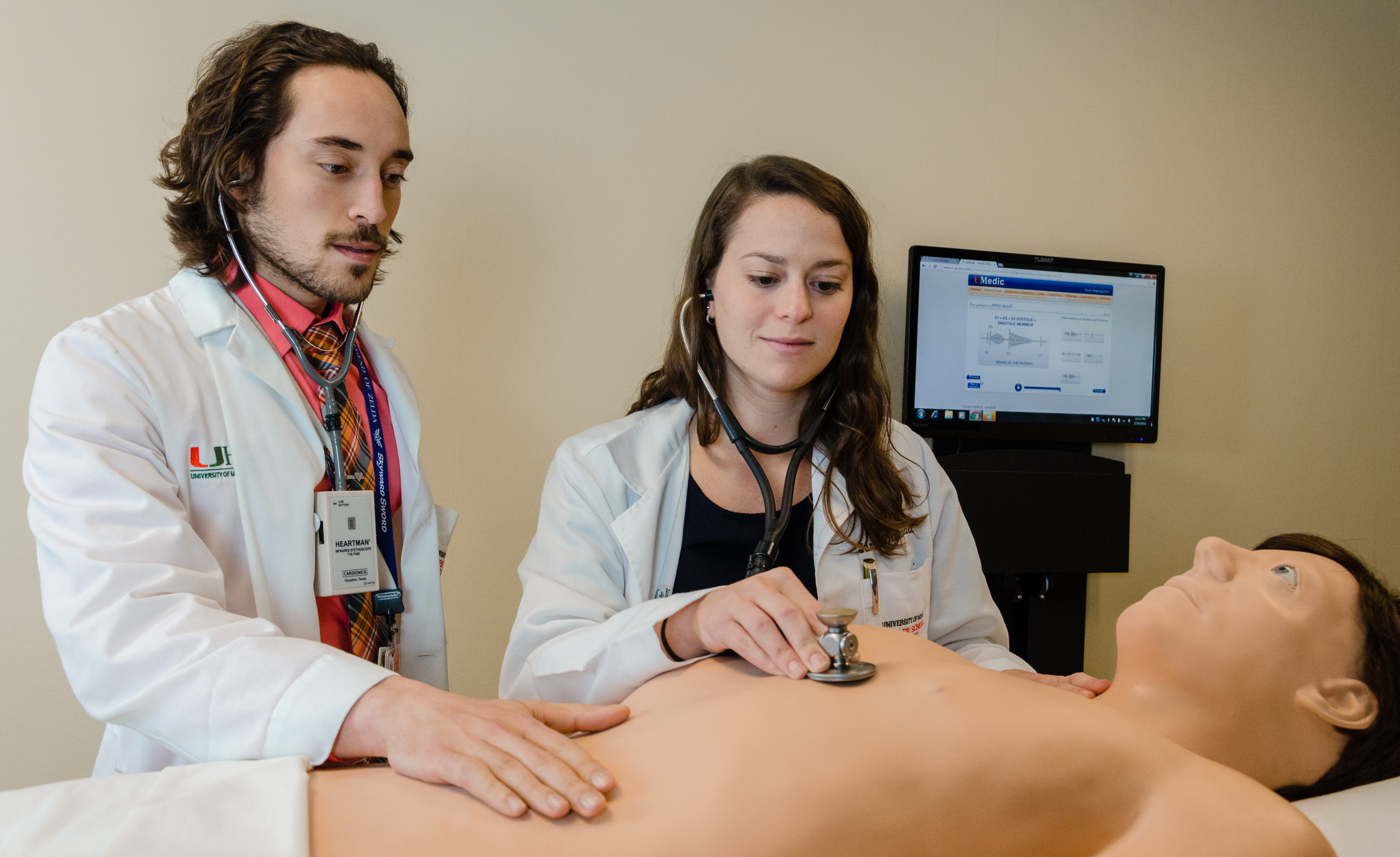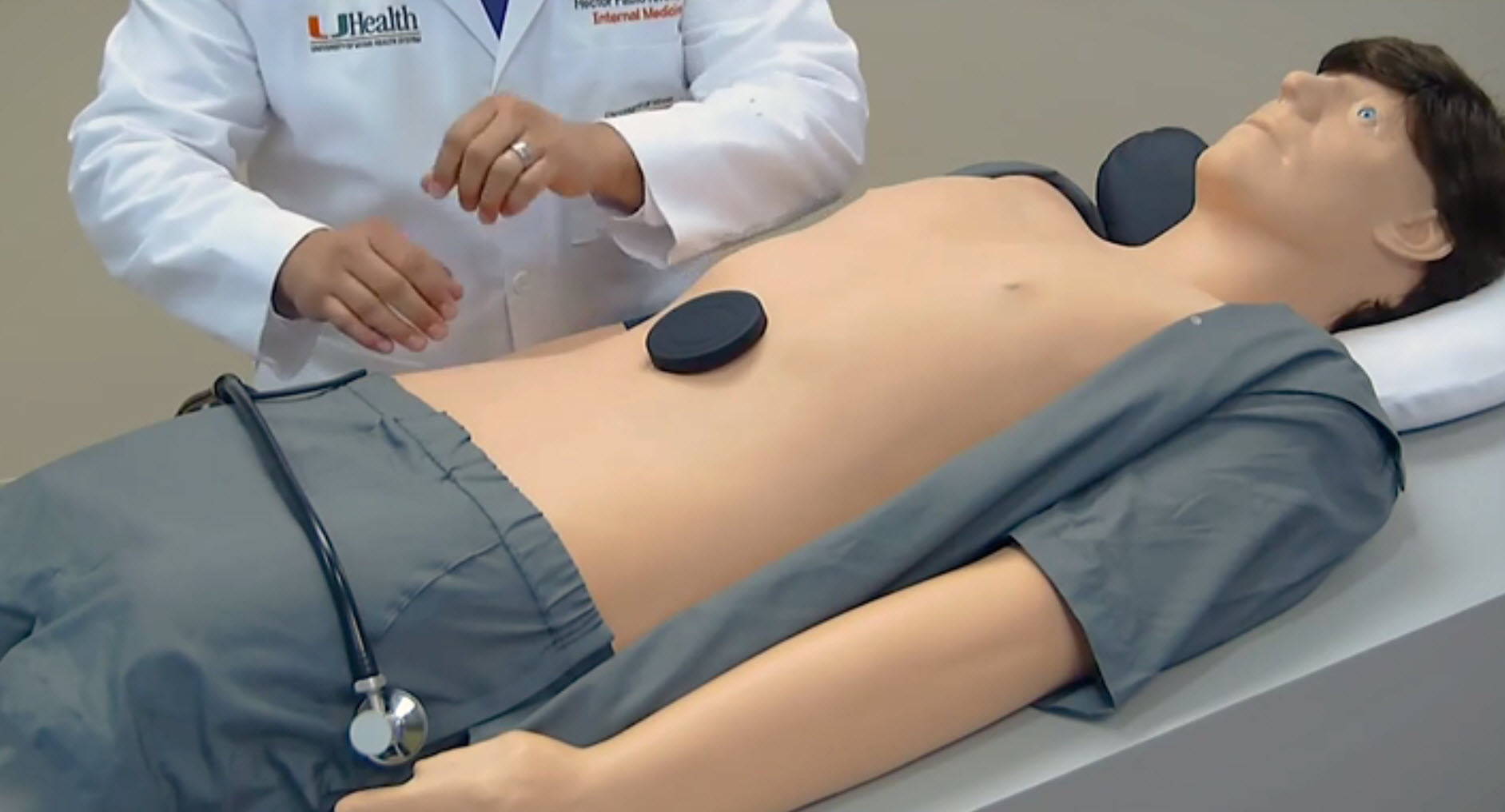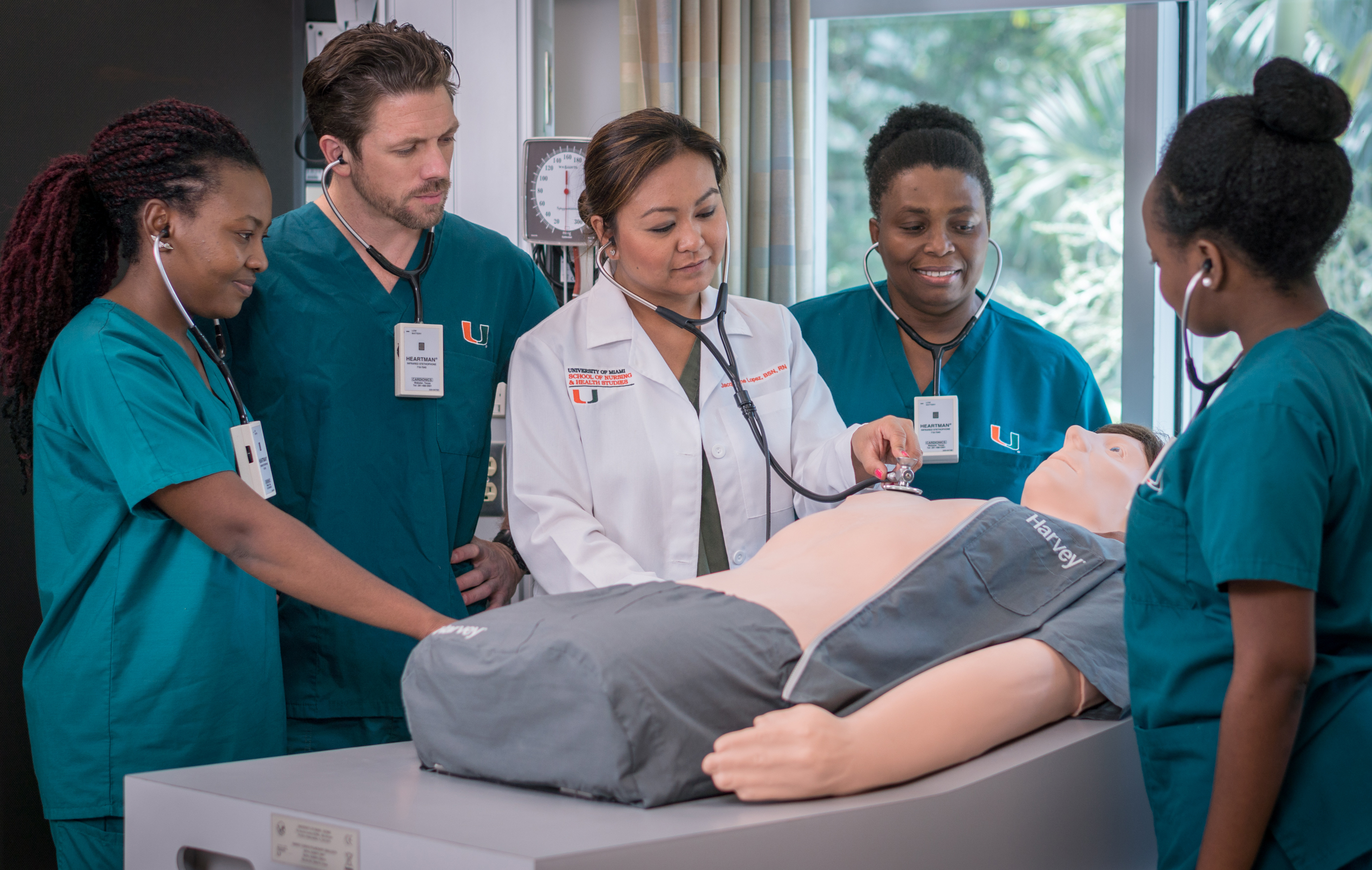Cardiopulmonary Training that
Improves Patient Care
For over 50 years, Harvey has been a proven simulation system to teach bedside cardiac assessment skills that transfer to real patients. Today, healthcare trainees and providers treat an increasingly diverse patient population. Simulation training can help them practice and develop the essential skills needed to foster equitable care that leads to better patient outcomes.
To promote diversity and inclusivity in health professions education, Harvey, the Cardiopulmonary Patient Simulator, is available in multiple skin tones to reflect different ethnic and racial patient backgrounds. Join more than 50 countries worldwide using Harvey to train the next generation of healthcare providers.
Advanced Cardiology Training
Next Generation Harvey® is capable of simulating a wide range of cardiac diseases and features 50 different patient scenarios and 10 standardized patient cases for teaching and assessment. Each patient scenario covers history, bedside findings, laboratory data, diagnostic testing, and medical and surgical management. Harvey's curriculum, created by experts worldwide, starts with common, less complex conditions and advances to more rare, complex diseases.
Curriculum caters to the requirements of a diverse range of learners, including students, residents, physicians, physician assistants, nurses, and nurse practitioners, and supports various learning styles and settings, such as self-guided study, small group training, and faculty-led instruction.

Designed for any Learning Environment
Harvey is portable and may be used in any environment in which a patient may be examined. Small groups with stethophones may learn without an instructor by using the slide programs or the UMedic system. If the area is only for Harvey, it should be about the size of a patient’s small hospital room, so that space is available for "Bedside Rounds."
Harvey may also be used in Clinical Skills or Simulation Training Centers or SP training areas. Larger groups may learn in a lecture hall by using stethophones for auscultation and video projection for observing other physical findings.
Most importantly, the main location should be convenient for both students and the person-in-charge. Even though Harvey functions as a self-learning device, the nearby presence and availability of knowledgeable faculty and staff will further ensure a successful program.
Technische Daten
-
Krankheitsfälle am Herzen (50 insgesamt)
-
Standardisierte Patientencurricula (10 insgesamt)
-
Tragbar
-
Atemgeräuschbereiche (6 insgesamt)
-
Herzabhörbereiche (9 insgesamt)
-
Digital gesteuerte Impulse (12 insgesamt)
-
Veränderbare Amplituden und Intensitäten
-
Lautsprecher für Erfassung der Krankengeschichte
- Mehrere Lernumgebungen:
- Selbstlernsystem durch Verbindung mit UMedic
- Ausbilder mit kleiner Gruppe
-
Vorlesung
-
Erweiterung um 10 neue Harvey-Fälle mit Herzfrequenz von 90 bpm
- Normal
- Harmloses Geräusch
- Hypertonie
- Leichte Mitralinsuffizienz
- Mitralklappenprolaps, kombiniertes Klicken und Rauschen
- Akute Perikarditis
- Leichte Trikuspidalinsuffizienz
- Chronische schwere Aorteninsuffizienz
- Kardiomyopathie
- Schwere Aortenstenose
Erweiterung um 10 neue Fälle
- Leichte systolische Herzinsuffizienz
- Leichte diastolische Herzinsuffizienz
- Leichte Mitralinsuffizienz (abweichend)
- Mittelschwere Mitralinsuffizienz
- Leichte Aorteninsuffizienz
- Koronarerkrankung mit Herzinsuffizienz
- Mittelschwere Aortenstenose
- Lungenembolie
- Cor pulmonale
- Aortenstenose und -insuffizienz
Standardisierte Patientenbibliothek – 10 Fälle (gedruckte Unterlagen und digitale Dateien auf DVD)
Zentrale Curriculum-Features
Harvey simuliert realistisch 50 Krankheitsbilder und stellt damit ein umfassendes Curriculum zur Verfügung. Es ist so strukturiert, dass mit verbreiteten, weniger komplexen Krankheitsbildern begonnen und dann zu selteneren und komplizierteren Erkrankungen übergegangen wird.
- Einführungsprogramm
- Normal (60 und 90 bpm)
- Harmloses Geräusch (60 und 90 bpm)
- Aortenklappensklerose
- Hypertonie (60 und 90 bpm)
- Angina pectoris
- Akuter inferiorer Herzinfarkt
- Akuter anteriorer Herzinfarkt
- Ventrikuläres Aneurysma
- Mitralklappenprolaps (MKP) (60 und 90 bpm)
- MKP, isoliertes Klicken und Rauschen
- Mitralinsuffizienz, chronisch
- Mitralinsuffizienz, leicht (60 und 90 bpm)
- Mitralinsuffizienz, leicht (abweichend)
- Mitralinsuffizienz, akut
- Mitralstenose (MS) mit schwerer Trikuspidalinsuffizienz (TI)
- MS mit leichter TI (60 und 90 bpm)
- Mitralstenose und -insuffizienz
- Aorteninsuffizienz, chronisch (60 und 90 bpm)
- Aorteninsuffizienz, akut
- Aortenstenose (60 und 90 bpm)
- Hypertroph-obstruktive Kardiomyopathie
- Kardiomyopathie (60 und 90 bpm)
- Akute Perikarditis (60 und 90 bpm)
- Primäre pulmonale Hypertonie
- Atriumsseptumdefekt
- Ventrikelseptumdefekt
- Persistierender Ductus arteriosus
- Pulmonalstenose
- Koarktation der Aorta
- Fallot-Tetralogie
- Koronarerkrankung mit Herzinsuffizienz
- Leichte systolische Herzinsuffizienz
- Leichte diastolische Herzinsuffizienz
- Mittelschwere Mitralinsuffizienz
- Mittelschwere Aortenstenose
- Leichte Aorteninsuffizienz
- Aortenstenose und -insuffizienz
- Lungenembolie
- Cor pulmonale

